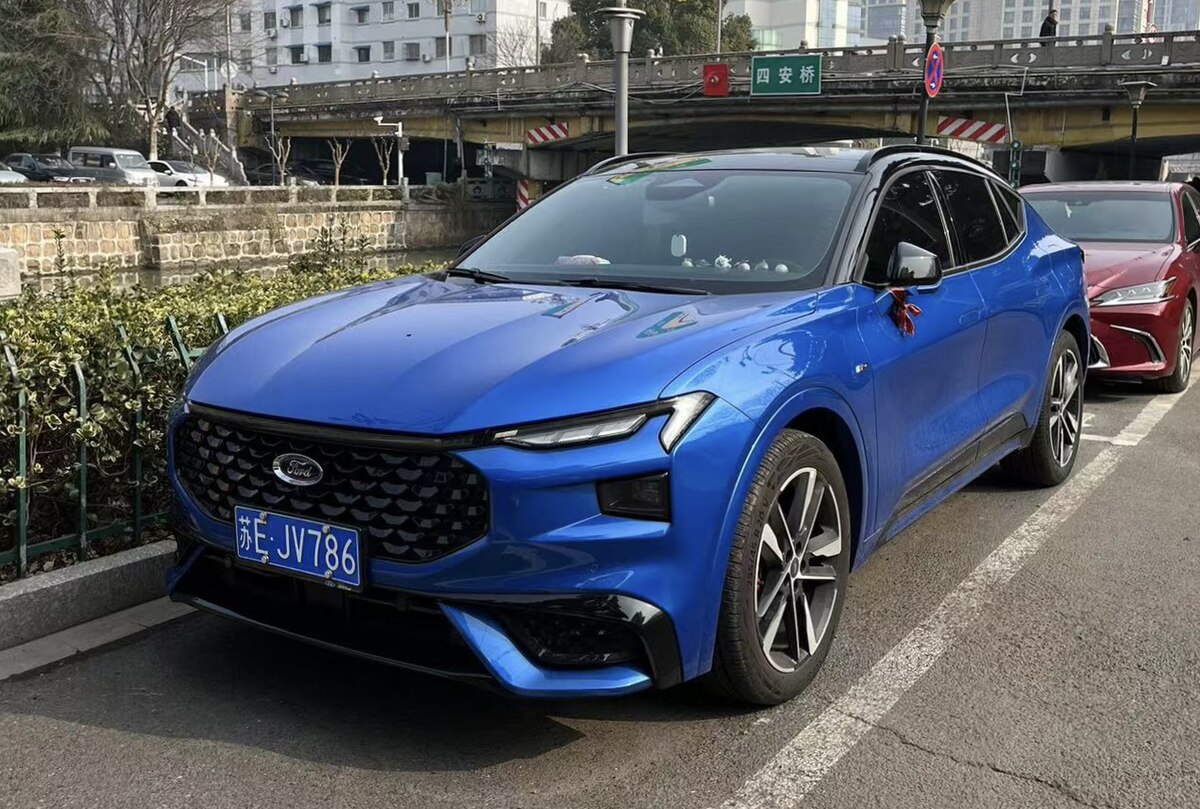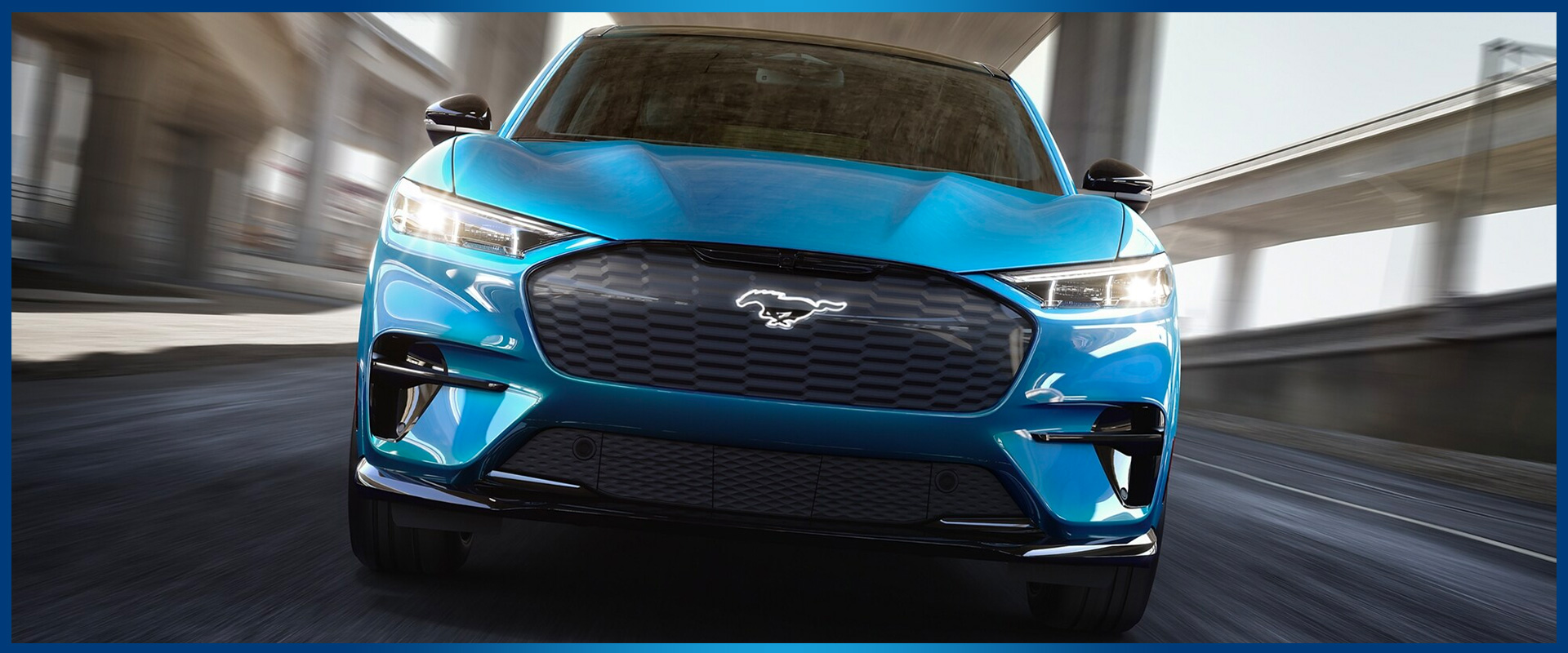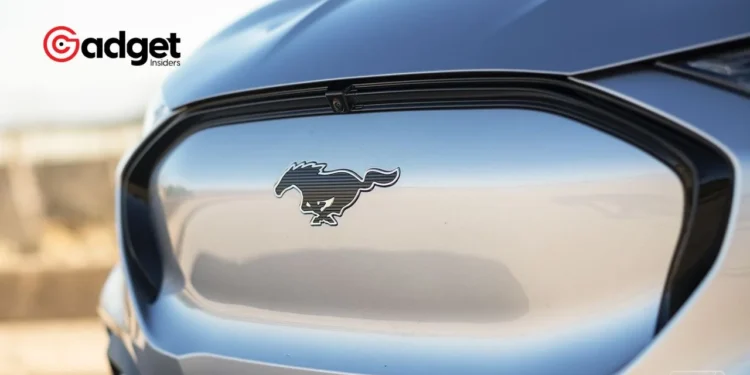In recent months, the automotive world has been shaken by multiple incidents involving Ford’s innovative BlueCruise system, prompting investigations and raising serious questions about the safety of advanced driver-assistance systems (ADAS).
As more vehicles equipped with such technologies take to the roads, the implications for driver safety and industry regulation grow increasingly complex.

The Fatal Incidents Under Investigation
The focus intensified on Ford’s BlueCruise after a distressing crash in Texas. A Mustang Mach-E, utilizing the BlueCruise hands-free mode, tragically collided with a stationary Honda CRV, resulting in the death of the Honda driver.
This incident occurred outside San Antonio on the evening of February 24th. The National Transportation Safety Board (NTSB) reported that before the collision, data from the vehicle confirmed the use of BlueCruise.
It is not the only instance of this happening. A Mach-E was involved in another deadly accident in Philadelphia, which occurred after it collided with stationary vehicles.
The accident occurred under conditions that, once again, point to the possibility that the driver-assist system was involved. BlueCruise’s involvement in this ensuing tragedy is still being investigated by the National Transportation Safety Board (NTSB).
Ford spokesperson Whitney Pineda emphasized the company’s commitment to safety and cooperation with regulatory bodies, stating, “There is no priority higher than safety at Ford, and we have been collaborating fully with both NHTSA and NTSB as the investigation into the February 24 incident continues.”
Ford’s hands-free BlueCruise comes under scrutiny after fatal crash https://t.co/O14G9Fxrbv
— The Verge (@verge) April 12, 2024
Understanding BlueCruise Technology
BlueCruise allows drivers to operate their vehicles hands-free on certain highways using an array of cameras and sensors to manage steering, acceleration, and braking. However, despite its advanced capabilities, the system requires drivers to remain alert and ready to assume control of the vehicle instantly if needed.
Despite over 100 million miles driven under BlueCruise, the recent incidents underscore the potential risks associated with these technologies.
While these systems aim to enhance safety and driving ease, the boundary between assisted and autonomous driving can often lead users to overestimate the capabilities of ADAS, leading to overreliance and delayed response times in critical situations.

Broader Implications for Auto Safety
The investigations into BlueCruise come at a time when ADAS technologies are under increasing scrutiny. With dozens of investigations involving Tesla’s Autopilot already underway, the spotlight on Ford’s system reflects broader concerns about the safety of driver-assist technologies compared to traditional driving.
The federal government mandates that all incidents involving advanced driver assist be reported, although no laws currently prohibit hands-free driving systems. Legal responsibility typically falls on the driver, a policy underscored by Tesla’s recent settlement with a family whose relative died in a crash involving Autopilot.
As more automakers roll out these advanced systems, the distinction between fully automated and driver-assisted technologies remains a critical point of confusion for many consumers. This confusion can lead to overconfidence, potentially making some of these systems more hazardous than traditional driving under certain conditions.

Looking Forward
As Ford and other manufacturers continue to develop and deploy advanced driving technologies, the balance between innovation and safety remains precarious. The ongoing investigations will play a crucial role in shaping the regulatory and operational frameworks that govern the future of driver-assistance technologies.
Meanwhile, the automotive industry and regulatory agencies must work together to ensure that advancements in vehicle automation do not outpace the measures needed to guarantee safe travel for all road users.










